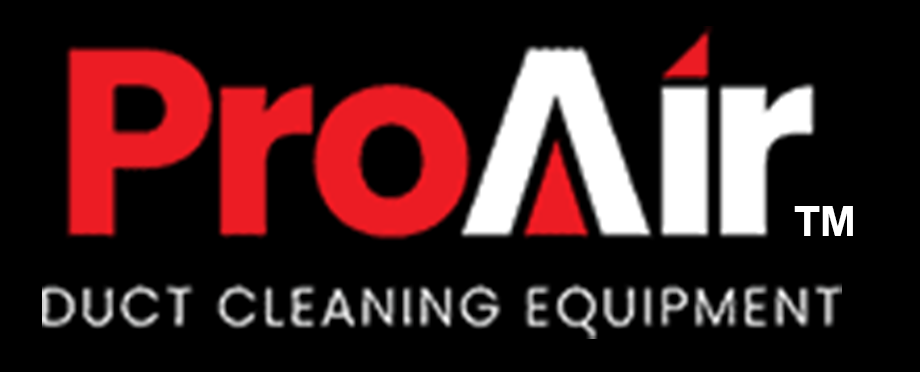Twenty percent of your home’s heating and cooling performance might be lost due to faulty ductwork. This decrease in efficiency is enough to raise your energy costs and create an uncomfortably hot or cold environment in your house. Leaky ducts may also lead to mold and humidity problems.
The good news is that there are several ways to reduce air leaks in your home’s heating and cooling system. The ductwork in your house will be addressed in this article.
Why it’s important to have your ducts sealed?
It’s easy to ignore ductwork leaks for a home’s heating and air conditioning system. Due to leaks, flaws, and poor installation, a typical house loses between 20 and 30 percent of the air moving through the duct system. Leaky ductwork is especially aggravating because it often goes undetected.
Most house heating and air-conditioning systems do not have any major leaks. Rather, the whole system is riddled with little leaks. Numerous little leaks result in a significant reduction in airflow. Your money will be wasted if you don’t fix all of those little leaks!
How to use aluminum foil tape to seal ducts?
You can seal your ducting fast using aluminum foil tape. Aluminum foil tape doesn’t need a lot of effort, but it’s important to clean your ducting beforehand. To use aluminum tape, follow the instructions in the following paragraphs:
- Make sure the ducts are clear of debris.
Cleaning the ductwork is a necessary first step. Remove any dust from the area you want to seal before applying the sealant. The foil tape will adhere to the ducting better this way. Clean the area where the foil tape will be applied of any greasy substances. Rub the surface with rubbing alcohol after removing any dirt or filth with a cloth.
- Tape the foil
Prepare your foil tape for application once the ducting has been cleaned. Before removing the foil tape from its backing, measure out the amount of tape you need and cut it to that length. Make sure you can get the tape around the duct you’re trying to seal before beginning.
Applying foil tape around a corner might be tricky at times. In addition, foil tape might be difficult to put behind ducts that you can’t see, so plan out your approach before applying the tape.
- Applying foil tape is the third step.
Aluminum foil tape is the next step, and it should be applied to the ducting. This serves as the first seal for your ductwork. Foil tape should be applied to the ductwork to ensure proper adhesion.
To secure the tape, press down on both sides of it. The foil tape must be well sealed to prevent any air bubbles from forming. The duct’s surface may need to be cleaned more if the foil tape doesn’t cling.
Importance of Ducts in Your House
Whether you know it or not, the ducting in your house plays a very vital function. You can count on your ductwork to handle most of the hard lifting when keeping your house comfortable all year round. When heating your home, ductwork serves as the conduit between the furnace and every room.
Your ductwork arrangement may seem straightforward, but it’s more involved than you believe. Because each room would need a different size duct, the furnace will need ducts of varying lengths to link each room to the furnace. Several angles, curves, bends, and locations where the ductwork might leak could be created due to this.
Many homeowners are unaware that their ductwork is leaking, and it should be. No matter how tiny your monthly energy bill leaks may be, even the smallest of leaks can create problems that need to be addressed as soon as possible if their source is discovered.
Sealing Techniques for Ducts
If you suspect that your ducts are leaking and want to fix the problem, you have many options. Some of the most common methods for dealing with leaking pipes in your home are listed below to help you decide which one is ideal for your situation.
- Tape for sealing duct
HVAC duct sealing tape is one method of sealing leaking ductwork. Every hardware shop has HVAC duct sealing tape, often known as aluminum foil tape. Even while this way of repairing leaking ducts is quicker and less dirty, it falls short in terms of effectiveness and durability compared to other options.
Duct sealing tape is prone to fail if your ducts are often unclean or greasy. To be on the safe side, use duct sealing tape designated with the UL emblem if you insist on choosing this choice, no matter what the reason may be.
Underwriters Laboratories’ mark appears on this tape, indicating that it is safe for use on ducting in a domestic setting. Don’t use standard duct tape to seal your ducts; it’s not certified for fire or smoke and won’t last long.
- Sealant for ducts, such as Mastic
In the short term, the tape may be a fast and easy remedy, but it is more costly and less lasting in the long term. Use mastic air-duct sealant instead. The sticky stuff solidifies after applying it to your ducts due to its ease of cleaning and long-term durability.
You need a paintbrush to apply mastic duct sealant when doing it yourself. Although it’s not required, you may use a caulk gun to apply duct mastic. It is important to distinguish between “duct sealant” and the mastic kind. Electrical cables and other small spaces on your property may be sealed using a duct seal.
Your ductwork will not benefit from this. Liquid Mastic may need to be combined with another product, such as fiberglass mesh tape, depending on the magnitude of the leak. This only applies to gaps larger than a quarter-inch.
Conclusion
You may indeed attempt to seal the leaks in your ducts in several different methods, but the best option you can make is to leave it to the professionals. A pressurized system is certain to have microscopic fractures and leaks that you can’t access on your own. A professional duct sealing firm is the best way to enhance indoor air quality, save money on heating and cooling, and ensure that every area receives the quantity of warm or cold air it needs.

